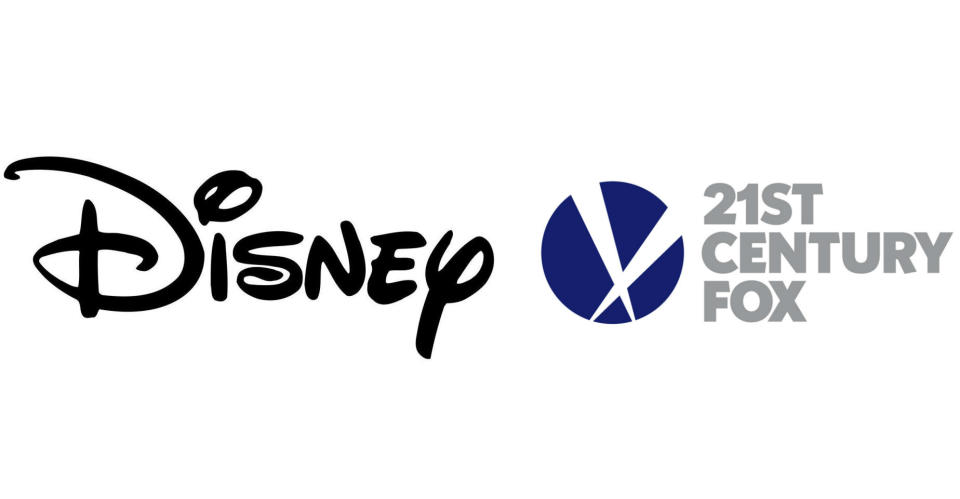JOLTS, Marriott, and Election Day — What you need to know on Tuesday
In a quiet week for economic news, Tuesday will bring investors one of the week’s two highlights with the latest JOLTS — or job openings and labor turnover survey — report set for release in the morning while the earnings calendar picks up.
Notable results expected on Tuesday include Royal Caribbean (RCL), Tapestry (TPR), formerly known as Coach, and Marriott (MAR).

On the political side, Tuesday is also election day in America, with gubernatorial races in Virginia and New Jersey getting most of the attention, while a more local concern will be the mayoral race in New York City.
Democrat Ralph Northam is a slight favorite to win in Virginia, while Democrat Phil Murphy is expected to win handily in New Jersey. Bill De Blasio is also expected to roll to a second term as mayor of New York City.
And with this week marking the one-year anniversary of President Donald Trump’s surprising election win, analysts at Goldman Sachs noted that the one-year stock market performance since his win is the fourth-best since 1936.
Markets will also be focused on the “Merger Monday” news that hit the tape to start the week, with the biggest headlines coming from a CNBC report that said 21st Century Fox (FOXA) and Disney (DIS) had discussed a deal that would see Disney acquire most all of Fox’s assets outside of its sports and news divisions.

The talks, which had taken place over the last few weeks, are not currently taking place, according to CNBC’s David Faber, but could be revisited.
Additionally, Broadcom (AVGO) said Monday that it proposed to acquire rival chipmaker Qualcomm (QCOM) in a $130 billion deal, which is reportedly set to reject the deal. This sets the table for a long battle between the companies.
Merger marks the spot
Mega mergers can re-shape industries, lead to massive synergies (read: layoffs), and also signal to many investors that sign of something else — a market top.
On Monday, the dueling merger announcements of Broadcom’s massive proposed tie-up with Qualcomm and reports that Fox and Disney had discussed a deal was certainly more than enough evidence for someone looking to see these deals as signs of the “irrational exuberance” that defines the end of a market cycle.
Recall that back in January 2000, the $165 billion mega merger between AOL and Time Warner came just a few months before the tech bubble began bursting.
And then in 2007, News Corp., owned by media scion Rupert Murdoch who also owns 21st Century Fox, acquired Dow Jones for $5.6 billion. Texas power giant TXU was taken over in a $31 billion leveraged buyout in February 2007. And Thomson and Reuters merged in a $17 billion deal in May of that year.
We all know what happened next.
In recent years there have been many chances to see mega mergers as the sign that the end may be near.
Back in 2014, Murdoch’s 21st Century Fox wanted to buy Time Warner (TWX) in a deal that many saw as another sign of the end of something or other. Now, AT&T (T) is trying to buy Time Warner.
Amazon (AMZN) bought Whole Foods for $14 billion. Microsoft (MSFT) bought LinkedIn for $26 billion. And Charter (CHTR) bought Time Warner Cable for $57 billion.
And yet here we are.
On Monday, LPL Research noted that the Nasdaq has made 63 record high closes this year, the most on record. Meanwhile, through Monday’s close the benchmark S&P 500 hadn’t lost more than 0.5% in a single session in 43 trading days, the longest streak since the ’90s.
As Ryan Detrick of LPL said, “2017 will likely be remembered for two things: a persistent bullish trend and historically low volatility.”
The year may yet be also remembered for bringing investors — and consumers — some mega-mergers to define our times. Whether these deals are signs of any excess in the economic cycle remains to be seen.
—
Myles Udland is a writer at Yahoo Finance. Follow him on Twitter @MylesUdland
Read more from Myles here:
